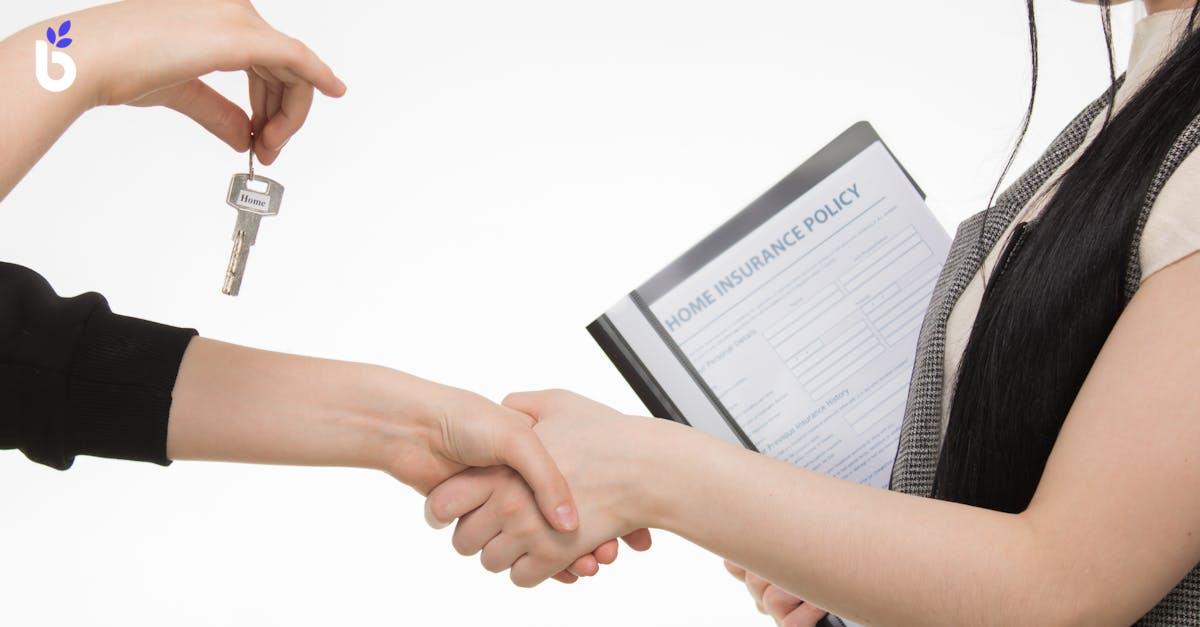WHAT IS CUSTOMER ACQUISITION COST?

What is Customer Acquisition Cost?
In the realm of business performance metrics, Customer Acquisition Cost (CAC) plays a crucial role in understanding the financial efficiency of marketing and sales strategies. This metric helps businesses assess the total investment required to attract and secure each new customer.
Understanding Customer Acquisition Cost
Customer Acquisition Cost is a vital indicator that combines all expenditures associated with acquiring customers, including marketing campaigns, sales team salaries, advertising budgets, and other related expenses. By dividing the total costs by the number of new customers gained during a specific timeframe, businesses can clearly see how much they are investing to grow their customer base.
Calculation of CAC
Calculating CAC might seem complex, but it's straightforward if you follow these essential steps:
-
Total Costs: Aggregate all expenses tied to customer acquisition, including advertising costs, sales team salaries, software tools, and operational overhead that supports these initiatives.
-
Customer Count: Determine the total number of new customers acquired in the same timeframe.
-
Calculation: Use the formula:
[ \text{CAC} = \frac{\text{Total Costs}}{\text{Number of Customers Acquired}} ]
This calculation will provide the average cost to acquire a single customer, allowing you to evaluate the effectiveness of your current strategies.
“Understanding your Customer Acquisition Cost is key to optimizing your marketing ROI.”
Importance of Monitoring CAC
Regularly monitoring your CAC is essential for several reasons:
-
Cost-Effectiveness: It helps determine whether your marketing and sales investments are yielding profitable returns.
-
Budget Allocation: Understanding CAC allows for better budget management and resource allocation towards the most effective marketing channels.
-
Strategic Adjustments: A high CAC might signal that a company's customer acquisition strategies require adjustments to reduce costs and improve efficiency.
-
Profitability Assessment: By continuously tracking CAC, businesses can align their customer acquisition costs with the lifetime value (LTV) of customers, ensuring sustainability.
FAQs
What is a good CAC-to-LTV ratio?
A good CAC-to-LTV ratio is generally considered to be 1:3. This means that for every dollar spent on acquiring a customer, it should ideally return three dollars in value over the customer's lifetime.
How can I calculate CAC for different marketing channels?
To evaluate the CAC for various marketing channels, divide the total expenses associated with a specific channel by the number of customers acquired from that channel. This analysis helps in measuring the effectiveness of each channel in acquiring customers.
Does a high CAC always indicate a problem?
Not necessarily. A high CAC may be acceptable if it corresponds with a high LTV. However, it becomes a concern when the CAC is disproportionately higher than the expected lifetime value.
How frequently should I recalculate CAC?
It is advisable to recalculate CAC at least quarterly to ensure you have up-to-date data reflecting your customer acquisition strategies' health and effectiveness.
By understanding and managing Customer Acquisition Costs, businesses can refine their marketing strategies, enhance customer relationships, and ultimately drive profitability.
Take control of your business today
Explore BizCRM App and start your journey towards business success.
